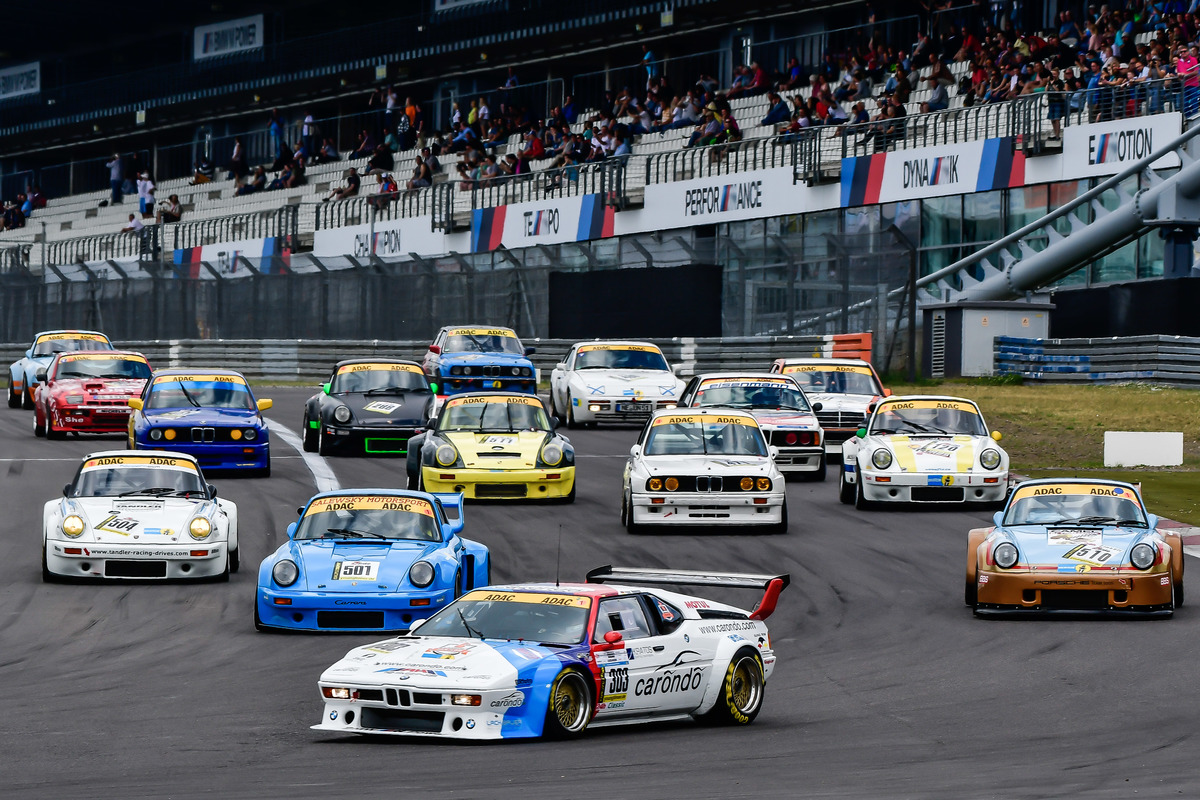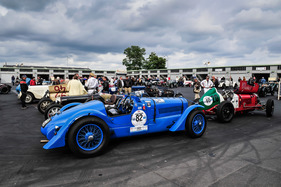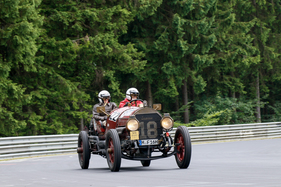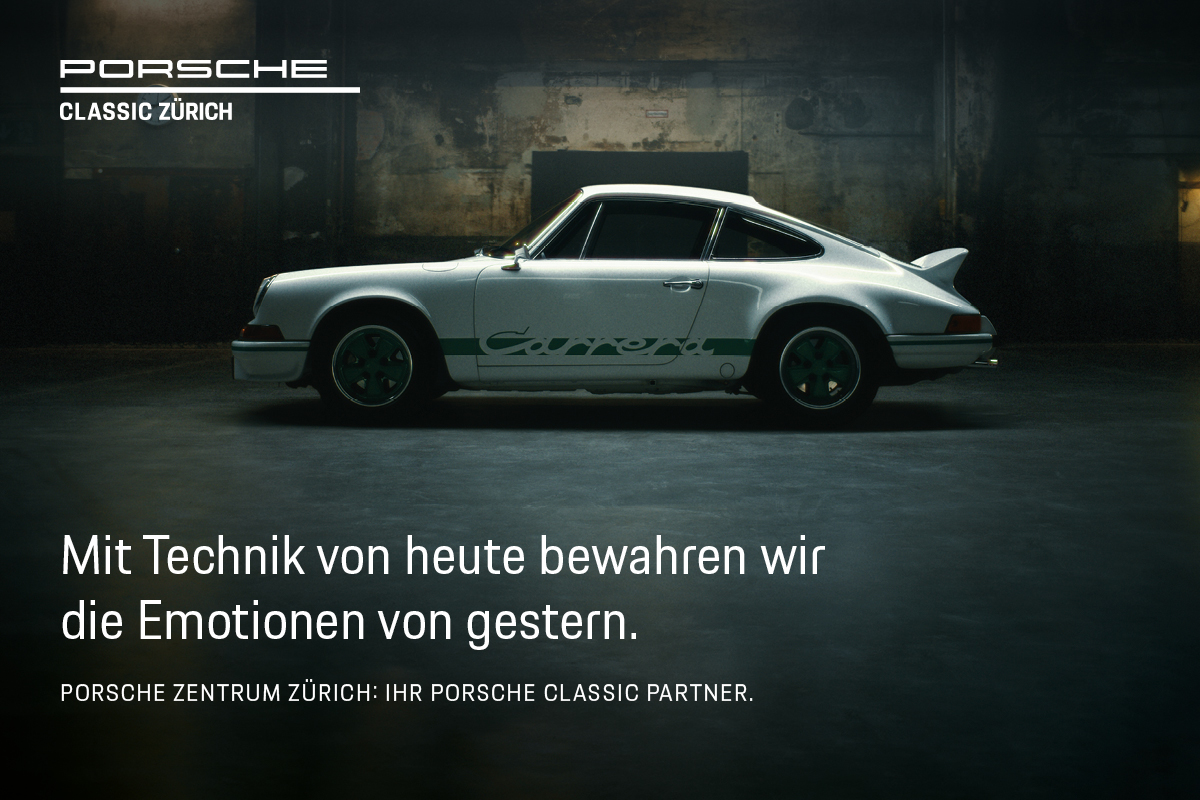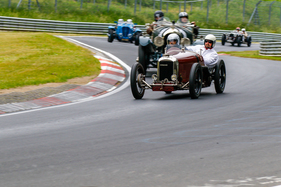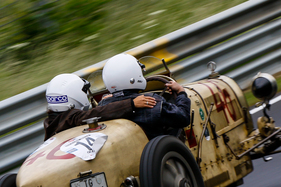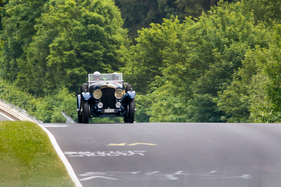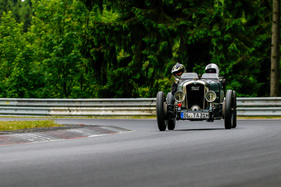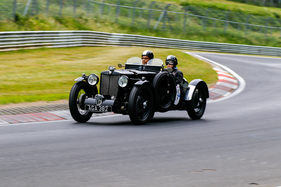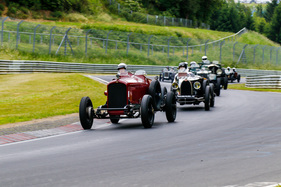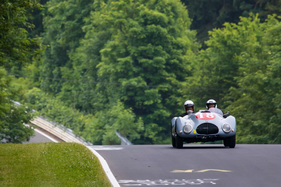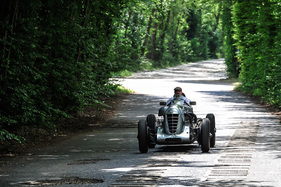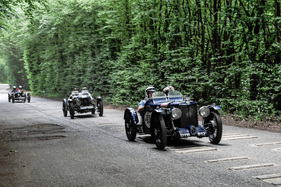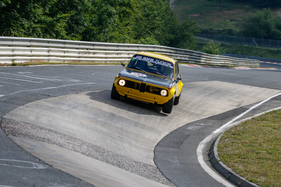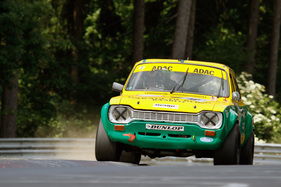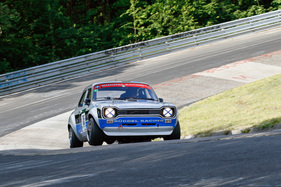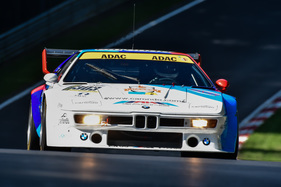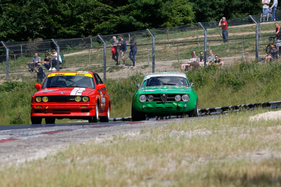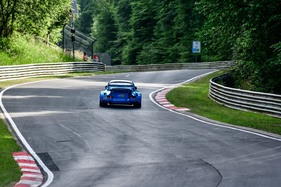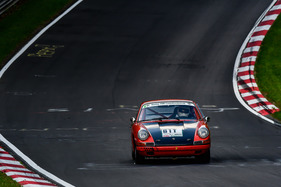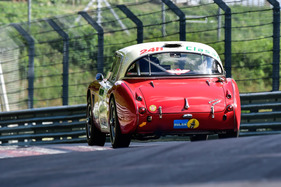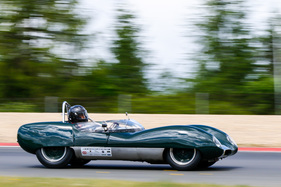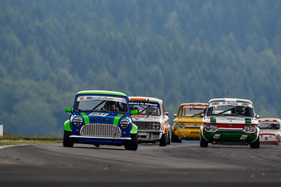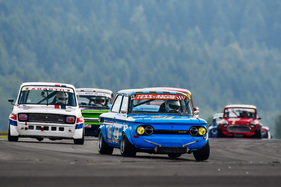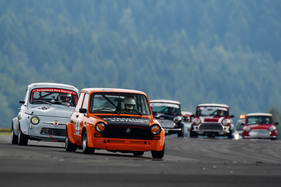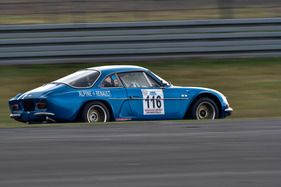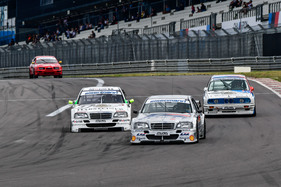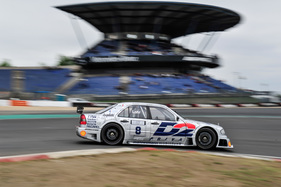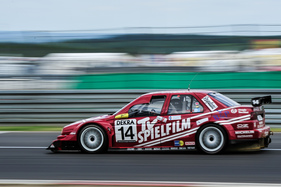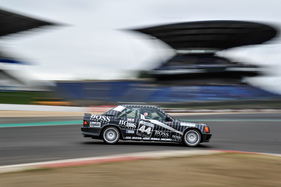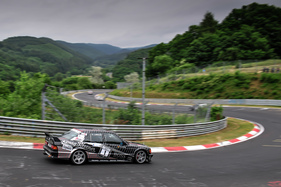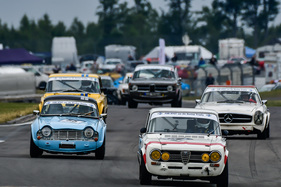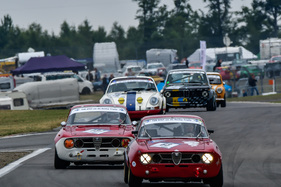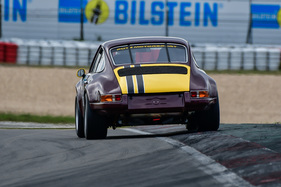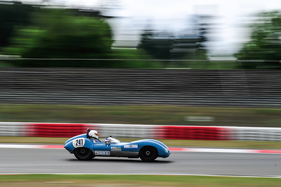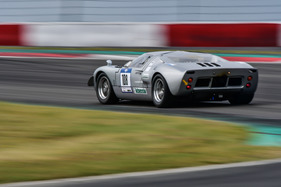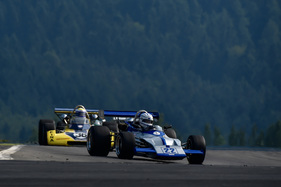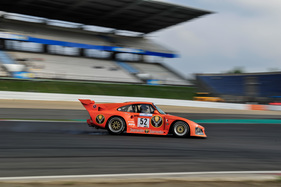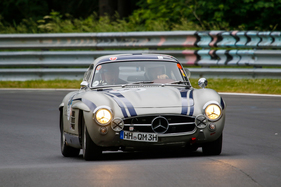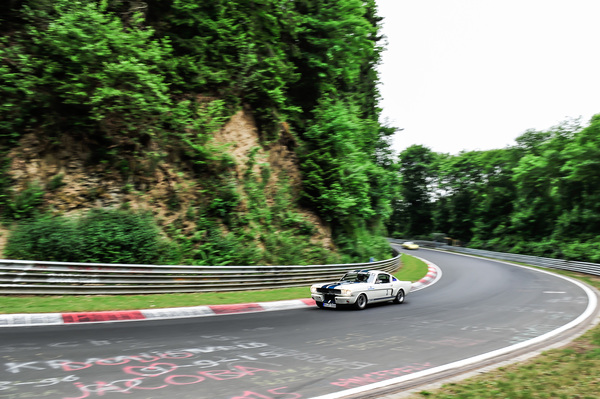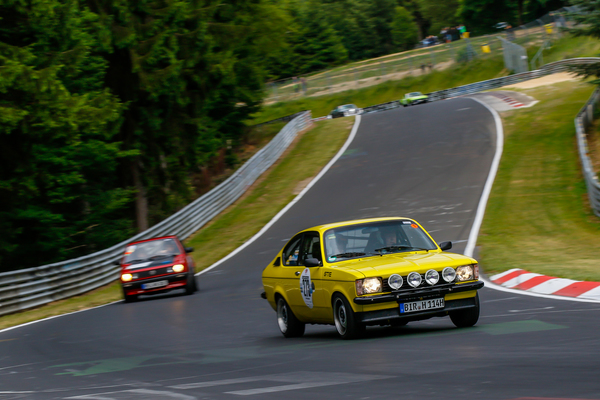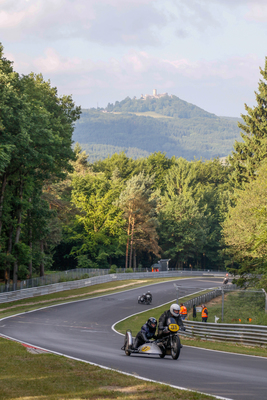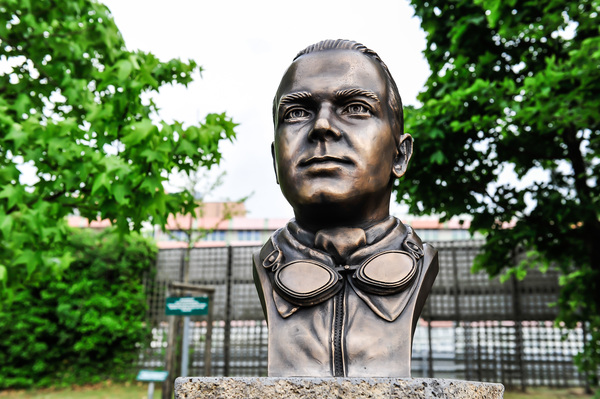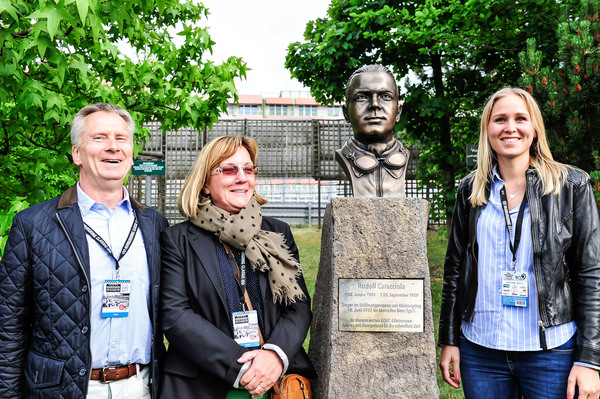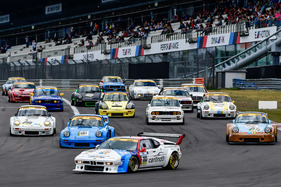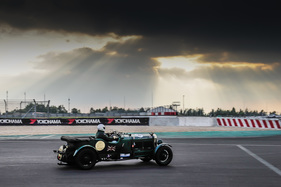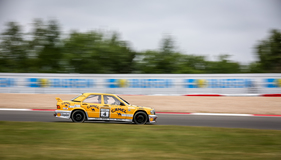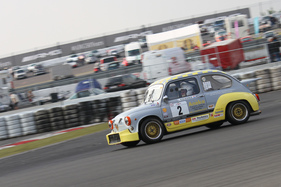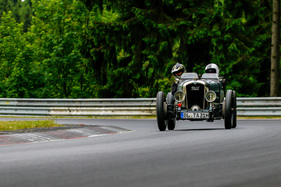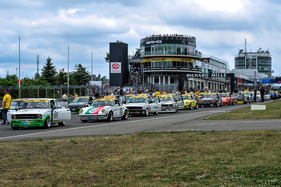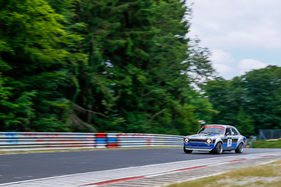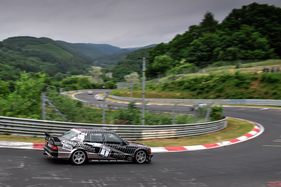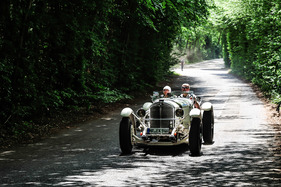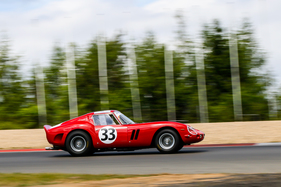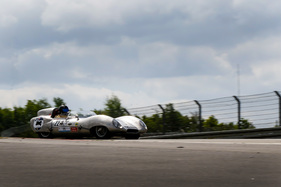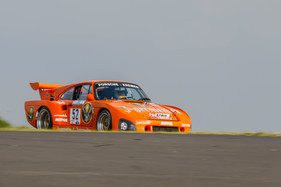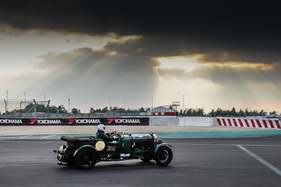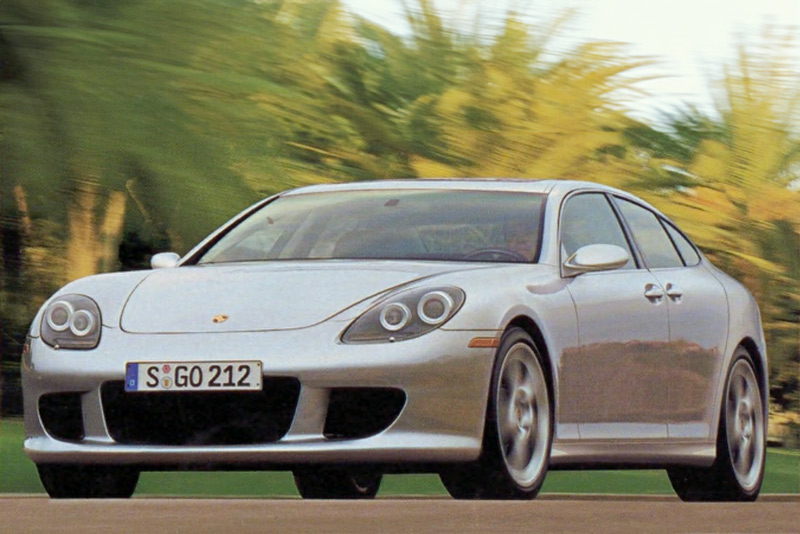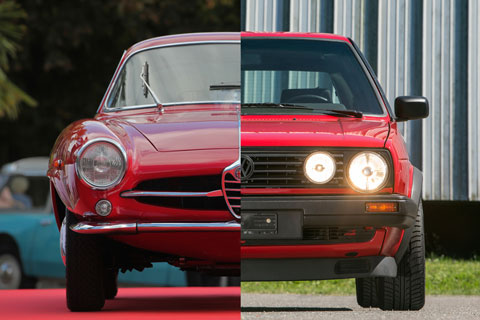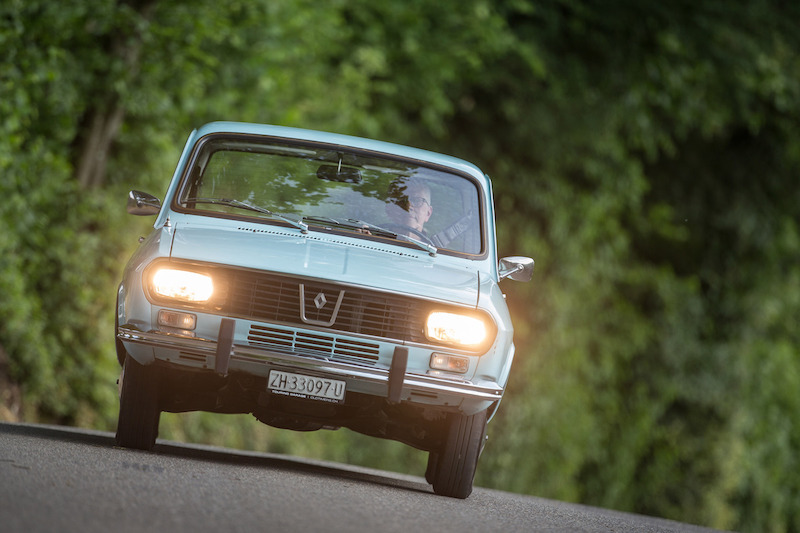There are hardly any racetracks that have already celebrated their 90th anniversary and are still "in service". The Nürburgring, however, has held up well, even though a modern Grand Prix circuit was added to the Nordschleife in the 1980s. Regular car races are still held on the legendary, over 20 km long natural race track through the valleys and hills of the Eifel, the most famous of which even lasts 24 hours in a row.
The Nürburgring is also very popular in historic racing, after all, the history of the cars and the race track are ideally combined here. Not only were books, countless specialist articles and videos published to mark the 90th anniversary, but a major event was also organized, simply called the "Nürburgring Classic".
The Eifel race at the center
Historically correct, the three-hour endurance test on the entire circuit, i.e. the Nordschleife and Grand Prix circuit combined, was not organized on Friday as usual and without a large crowd of spectators, but at the best time on Sunday at 13:30.
The cars of the FHR Dunlop Endurance Cup and the Youngtimer Trophy were able to drive and there were over 130 cars at the start, from the NSU TT to the Lotus Elan, from the BMW M1 to the Chevrolet Corvette.
A Ford Escort RS 1600 driven by Heinz Schmersal and Mike Stursberg came out on top in the FHR Dunlop Endurance Cup classification, pulling away from the Porsche armada with lap times from around 10:15.
In the Youngtimers category, a Porsche won after all, namely the Porsche 911 RSR driven by Edgar Salewsky and Wolfgang Destree, who posted the fastest lap of 9:32.391 with an average speed of almost 160 km/h. Second place went to the BMW M1 of Achim and Peter Heinrich.
A lot of Nordschleife
There was considerably more driving on the Nordschleife than on other historic race weekends. In addition to the ADAC Eifelrennen on Sunday (and associated practice runs), there were demonstration drives of various faults on Friday afternoon, including the 300 SL for the Rudolf Uhlenhaut Trophy, sports cars and Granturismo vehicles from 1950 to 1974, motorcycles (Bike Heroes) as well as pre-war vehicles (supplemented by Veritas) and the mass event called the "Nürburgring Classic Experience", where everything from two-stroke DKWs to Cobra replicas were at the start.
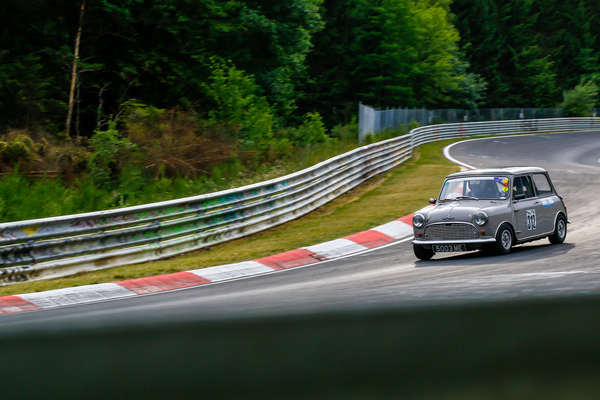
Things continued in a similar vein on Saturday afternoon, but with the addition of historic Grand Prix and Formula cars as well as the racing cars of the German Touring Car Classics, although not all of them took to the asphalt of the Nordschleife for the two laps.
Back on the south loop
As a very special treat, the pre-war cars - over 120 vehicles were registered for the event - were allowed to lap the Südschleife on Sunday afternoon as part of a revival drive.
The sight of the old racing and sports cars on the visibly aged road surface, bordered only by trees to the left and right, certainly had something particularly mystical about it.
From a driver's point of view, however, the trip to the southern loop was less challenging, as the road quality left a lot to be desired, especially on the uphill section, and of course no great speeds were possible. In addition, only a small part of the track can still be used.
Le Mans start of the elephant race
The demo run of the pre-war cars as part of the Elephant Race on the Grand Prix circuit was certainly impressive for the visitors, as it was introduced by a Le Mans start. But the oldest vehicles in particular also had many and varied driving opportunities throughout the weekend, as a small rally was also organized in the area.
Not always maximum speed
It goes without saying that top speeds and record-breaking laps were not a priority during the many demonstration drives. Conversely, however, this does not mean that there was any slowing down.
The gentlemen in the oldest cars in particular were often very fast, and the motorcycles and sidecars were also not to be outdone.
The midgets on the Grand Prix circuit
Of course, there were also many races in a wide variety of vehicle categories, especially on the Grand Prix circuit. For example, the dwarves lined up twice on Saturday with around 50 cars from the Austin/Morris/Mini, Abarth, NSU and Talbot/Simca brands.
Wolfgang Drixelius was unable to convert his pole position on Saturday morning, in adverse, slightly damp conditions, into a podium finish in the first race. After a tough battle at the front, the Swiss pairing of Kaufmann/Nick ultimately prevailed. They were followed by Herbert Wein sr. and Thomas Berg. Wolfgang Drixelius only managed 4th place.
Robin Podack, the fastest NSU, followed in 6th place and the fast Renault Alpine A110 of Frank Fiedler came in 8th, thus winning the Histo Cup division. In general, there were also strong duels in the midfield. Stefan Schmelter in an NSU, Frank Fiedler with his Alpine and Thorsten Babon in a Fiat 128 battled it out over several laps.
The second race on Saturday evening, which took place in much better conditions, was again dominated by the Swiss. Kaufmann/Nick won with a lead of almost 14 seconds ahead of Herbert Wein sr. in 2nd place and Herbert Wein jr. in 3rd place.
The fastest NSU this time was Frank Schmelter in 7th place. In 9th place was Hubert Nagl, the winner of the Abarth Coppa Mille. Frank Fiedler and his Alpine, once again the winner of the HistoCup, followed in 10th place overall.
In any case, the midget drivers concluded the weekend with a joint anniversary barbecue party to celebrate 25 years together.
Around a dozen races
But of course it wasn't just the popular small cars on the Grand Prix circuit. Victories were fought for in a wide variety of racing classes.
Jörg Hatscher finished the German Touring Car Classics race in the lead in his Mercedes-Benz C-Class, just ahead of Thorsten Stalder in another C-Class. The best BMW M3 with Richard Weber at the wheel was clearly left behind, seeing the black and white checkered flag around 16 seconds after the winner.
In the Gentle Drivers Trophy, Mike Martin won twice in a Ferrari 330 GTO, followed by the Lotus Eleven with Jörg Markus and the Lotus 17 with Oliver Hartmann at the wheel.
The battle between the unequal cars was much more exciting and closer than one might have expected from the pure performance data (and the name of the series). The valuable GTO battled for laps against the slim and light Lotus.
In the two race parts of the FHR's 100-Mile Trophy, Wolfgang Kaufmann in the Kremer Porsche K3 kept the best piece for himself, while in the historic Formula 2 with a relatively small starting field, Jeremy Wheatly in the Surtees TS15 won the first race and Robert Simac in the March 712M the second.
The historic touring car and GT race (100-mile trophy, run in two parts), which lasted just over an hour, was won by the driver pairing of Georg Nolte and Frank Stippler in a Ford GT40.

Racing entertainment was therefore provided on the Grand Prix circuit on both Saturday and Sunday, but many fans were of course still drawn to the Nordschleife, which has its very own charm.
Paying tribute to a Ring champion
On Friday, a bust in honor of Rudi Caracciola was unveiled in a festive setting. Caracciola won the first Eifel race at the Nürburgring, and many more victories followed.

To this day, he is considered one of the greatest German racing drivers ever.
Not typical Nürburgring weather
For the 90th anniversary, there was neither the frequent fog nor the heavy rain showers that are often experienced in the Eifel. Obviously, Peter wanted to join in the celebrations and the many spectators around the Nordschleife and on the edge of the Grand Prix circuit certainly appreciated the mostly warm weather conditions, apart from the drizzle on Saturday morning.
Sunday was even really hot. Together with the extremely diverse range of vehicles on display and the opportunity to follow the cars on various race tracks, visitors were treated to historic racing at its finest.
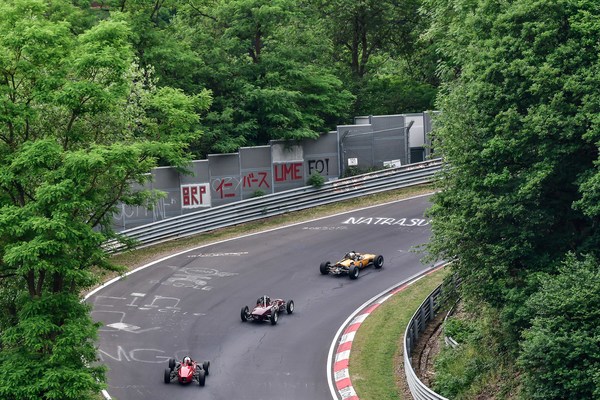
"Great cinema," said one enthusiastic onlooker, probably speaking for many.
